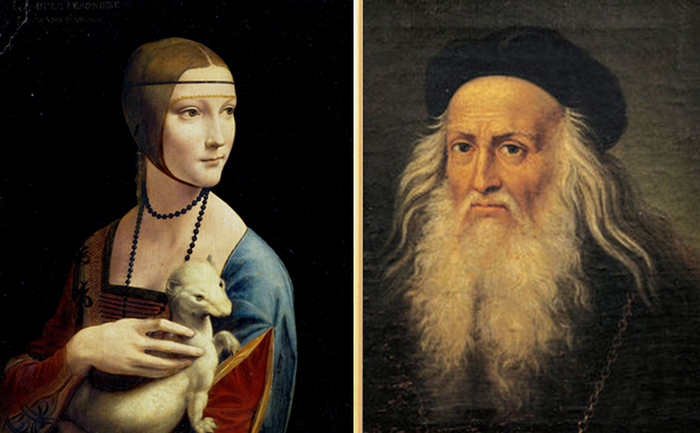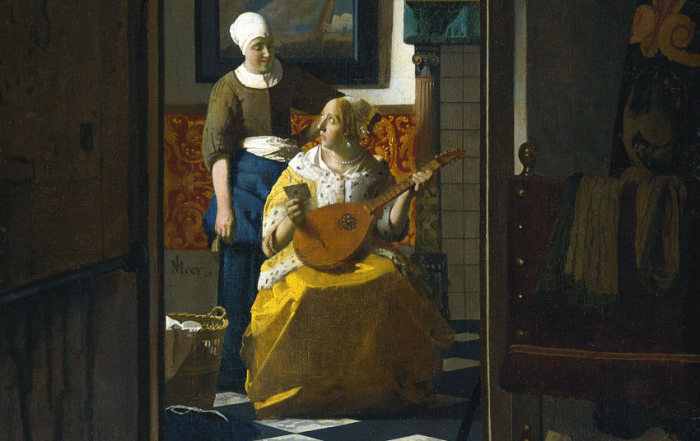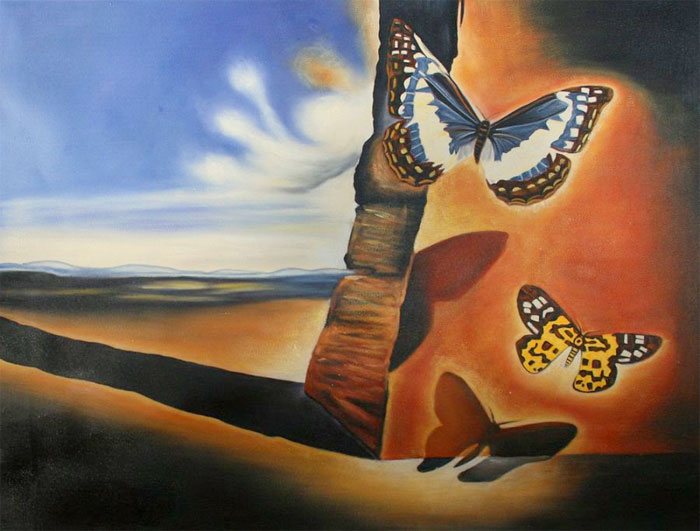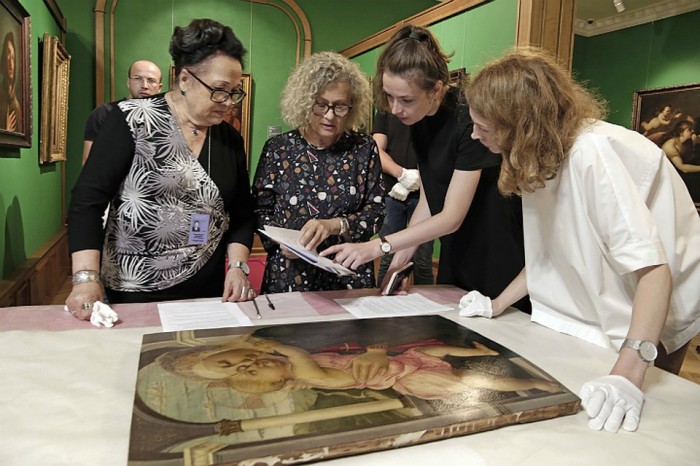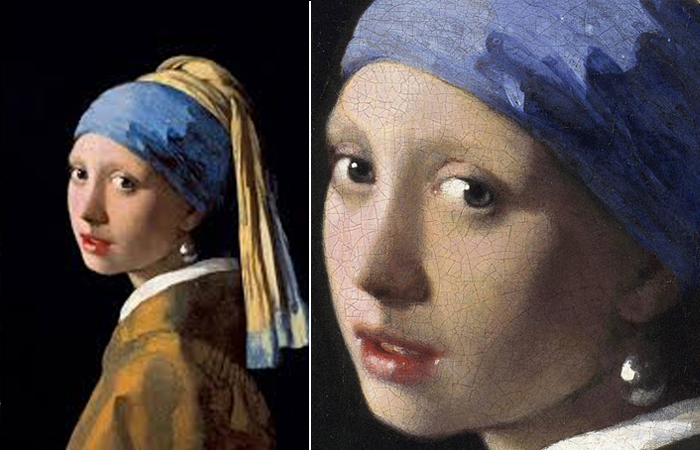great investment
Two brides for one groom: The riddle of a picturesque plot about the mystical betrothal of St. Catherine
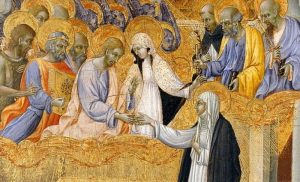 Among the works of Renaissance masters and later periods in the history of painting, there are often those that depict “the mystical betrothal of St. Catherine.” At the same time, the essence of what is happening may seem vague – after all, betrothal in the usual sense of modern man does not occur on canvas. It turns out that two different women could be brides in such paintings, but the groom is always alone.
Among the works of Renaissance masters and later periods in the history of painting, there are often those that depict “the mystical betrothal of St. Catherine.” At the same time, the essence of what is happening may seem vague – after all, betrothal in the usual sense of modern man does not occur on canvas. It turns out that two different women could be brides in such paintings, but the groom is always alone.
First bride – St. Catherine of Alexandria
St. Catherine of Alexandria lived in Egypt in the 3rd century AD. Before the adoption of Christianity, she bore the name of Dorothea and was the daughter of the ruler of Alexandria. The girl was famous for her extraordinary beauty, wisdom, spiritual qualities, and was, of course, an enviable bride, but in grooms she wanted only the most worthy – the one who will surpass her in everything. Then Catherine’s mother took her to the old hermit, who was praying in a cave near the city. He told the girl that he knew the one who is better in everything. Continue reading
The riddle and curse of the “Crying Boy”: Why Amadio was called the devil painter
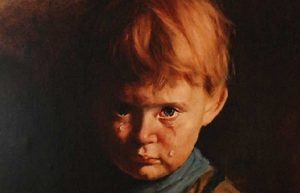 The Italian painter Bruno Amadio, who worked under the pseudonym Giovanni Bragolin, is considered to be the most dramatic and sinister artist in the history of art of the 20th century, who was called the devil painter. His name, in particular, is associated with a terrible story that terrifies many who have encountered his creation “The Crying Boy”, covered in a terrible legend, rumors and speculation.
The Italian painter Bruno Amadio, who worked under the pseudonym Giovanni Bragolin, is considered to be the most dramatic and sinister artist in the history of art of the 20th century, who was called the devil painter. His name, in particular, is associated with a terrible story that terrifies many who have encountered his creation “The Crying Boy”, covered in a terrible legend, rumors and speculation.
A few words about the artist
Bruno Amadio (Giovanni Bragolin) was born in 1911 and lived a fairly long life, leaving a number of art paintings that depict crying children. Despite the fact that the artist lived in the last century, very little information has been preserved about him. After his life, there were practically no personal photos left, he never gave interviews to journalists, art historians did not write their reviews about him. It is only known that in the war years he was a member of World War II, who fought on the side of Mussolini. At the end of the war he moved to Spain, and already there he changed his real name from Bruno Amadio to Giovanni Bragolin. Later he lived and worked in Venice, was a restoration artist. Continue reading
Monet is a spot, Manet is a people: How to distinguish two masters of impressionism
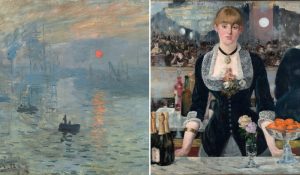 Their acquaintance began with a big conflict, but later they became great friends. Monet — Manet is a story of long-standing friendship based on great respect and mutual assistance. When Monet was in financial difficulties, he wrote to Mane for help. Manet not only never refused to help his colleague, but after he found out about the illness of Camille, Monet’s first wife, he wrote off all Claude’s debts. Due to Monet’s influence, Manet more often painted in the open air and brightened his palette. These were not just real people, but also great talents with big hearts.
Their acquaintance began with a big conflict, but later they became great friends. Monet — Manet is a story of long-standing friendship based on great respect and mutual assistance. When Monet was in financial difficulties, he wrote to Mane for help. Manet not only never refused to help his colleague, but after he found out about the illness of Camille, Monet’s first wife, he wrote off all Claude’s debts. Due to Monet’s influence, Manet more often painted in the open air and brightened his palette. These were not just real people, but also great talents with big hearts.
Eduard Manet was one of the first modernist artists of the 19th century to turn to the objects of modern life; he became a key figure in the transition from realism to impressionism. In addition, he was a key figure in the transition from realism to impressionism and one of the first in this era to portray modern life. Continue reading
